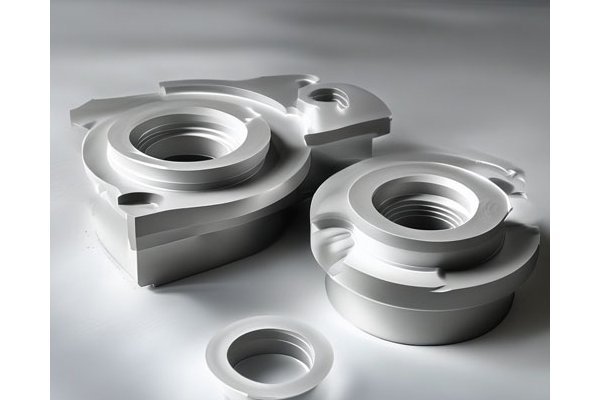Did you know that the global aerospace industry alone uses over 30% of the composites market, with this figure steadily rising in recent years? As manufacturers transition towards lighter materials to make their products more efficient and aerodynamic, the challenge of machining these complex materials intensifies. One critical issue these manufacturers face is excessive tool wear during CNC machining of composite materials. But what causes this wear, and how can manufacturers further mitigate this problem? In this blog, we will explore the intricacies of excessive tool wear when machining composites, providing insights and solutions to help manufacturers optimize their processes.
Understanding Composite Materials and their Unique Challenges
Composite materials, formed by combining two or more distinct materials, boast superior strength-to-weight ratios and excellent resistance to corrosion and temperature variations. However, these benefits come with challenges, particularly during the machining processes, due to their unique physical and chemical properties.
Structure and Composition
Common composites include carbon fiber reinforced polymer (CFRP) and glass fiber reinforced polymer (GFRP). While CFRP offers outstanding tensile strength, its abrasive nature can lead to significant tool wear. Similarly, GFRP provides excellent characteristics for specific applications but can become unstable during machining due to the glass fibers.
The Causes of Excessive Tool Wear
Understanding why excessive tool wear occurs during CNC machining of composite materials is crucial for addressing the problem. The key factors include:
Detailed Solutions to Reduce Tool Wear
Having identified the contributing factors, we can now explore effective solutions to minimize excessive tool wear during CNC machining of composite materials.
Choosing the right tools drastically impacts wear rates. Here are several recommendations:

Fine-tuning your CNC settings can reduce tool wear significantly:
Implementing efficient cooling methods can have a profound impact on tool wear:
Regular checks and preventive measures ensure longevity:
The reshape of tool angles can lead to enhanced machining performance:
In summary, excessive tool wear in CNC machining of composite materials presents a unique challenge but is manageable with the right strategies. By choosing the correct tools, optimizing machining parameters, implementing efficient cooling solutions, and maintaining regular monitoring practices, manufacturers can successfully mitigate tool wear in composite machining processes.
This blog provides vital insights into the factors contributing to excessive tool wear and the solutions that can be employed to enhance tool longevity. In the competitive landscape of CNC machining, these strategies will not only improve efficiency but also optimize costs, making it worth your while to adopt modern technologies in your operations. As composite materials continue to dominate various industries, staying informed and proactive about preventing tool wear is crucial for maintaining a competitive edge.






